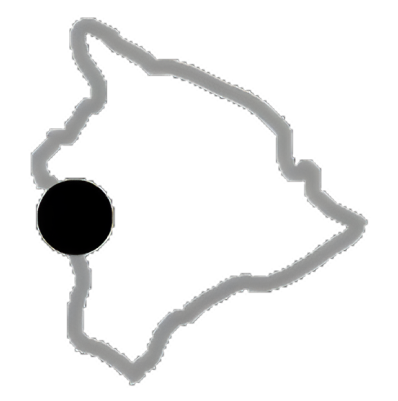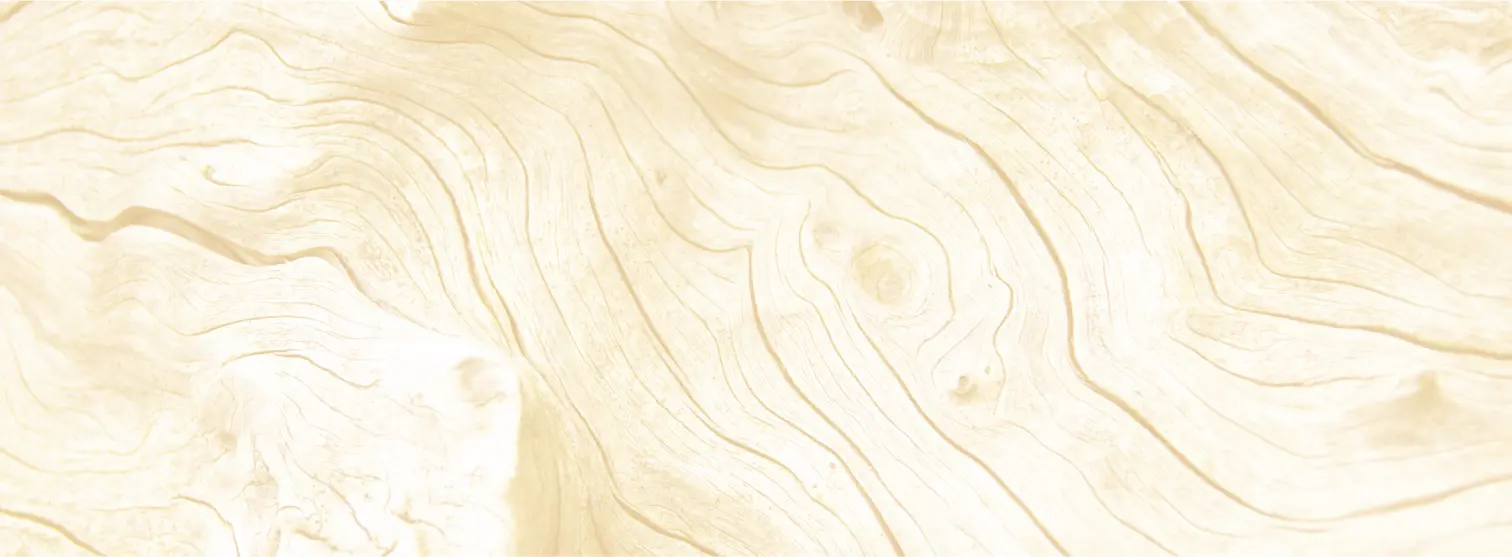How did these birds, native to the Himalaya region around Nepal, ever get to Hawaii? Immigrants to the islands have brought animals from earliest times. For food, and also for recreation. Over the years, at least twelve game birds were deliberately transported and released for the pleasure of hunters, including wild turkeys, in 1788, and chukars as well.
The owners of Puuwaawaa Ranch first introduced kalij pheasants to Hawaii Island in 1962. Favoring forested, upland areas, they have since expanded their territory steadily, and they were spotted in the Kohala Mountains around Kohala Zipline as early as 1979. Kalij are especially plentiful today in Hawaii Volcanoes National Park (HVNP).
The impact of kalij on the native ecosystems of Hawaii doesn’t appear to be as great yet as was originally feared when its population grew. The species is considered invasive, since they spread seeds. Kalij has been implicated, for example, with the spread of the highly invasive banana poka vine and other noxious weeds. But to what degree they are harmful isn’t conclusive. In 2005, a collaborative study conducted by U.S. Geological Survey, HVNP, University of Hawaii, National Park Service and Pacific Island Ecosystems Research Center researched how kalij might serve in the dispersing of native seeds, which could actually be beneficial. They found that many of the seeds didn’t survive the birds’ digestive tract, and overall germination didn’t increase for native species tested. More studies are needed.
If anything is certain, though, slow-moving kalij serves occasionally as food not just for hunters but for Hawaii’s sole surviving native bird of prey, io, the Hawaiian hawk. They’re gentle birds, and, for many here, kind, familiar gulch guests.


